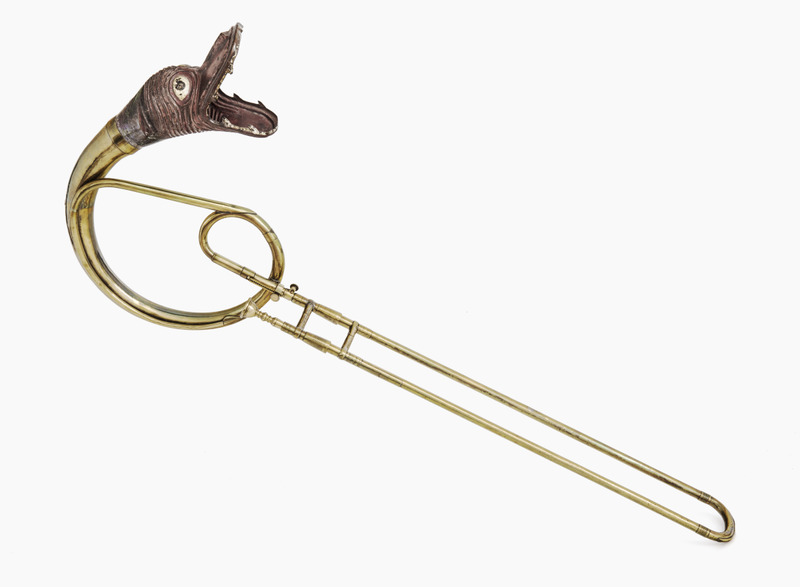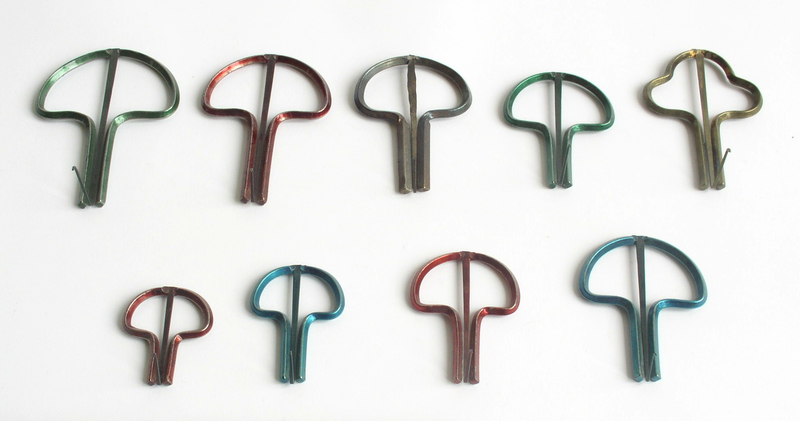Materiality of musical instruments
A virtual exhibition
Rebecca Wolf
This virtual exhibition is based on studies done by the research group “Materiality of musical instruments. New approaches to a cultural history of organology”. This research group has ongoing funding by the Leibniz Association from May 2016 until October 2020 under the auspices of the Leibniz competition. Centered at the Deutsches Museum’s Research Institute for the History of Science and Technology, the group also cooperates with the musicological institutes of the LMU Munich and the University of Vienna, the Center for Building Materials and Materials Testing of the TU Munich and the group “Epistemes of Modern Acoustics” at the MPI for the History of Science in Berlin.
The research group “Materiality of Musical Instruments” is developing a cultural-historically oriented organology using methods from musicology, material cultural studies, and the history of science and technology. Its members are studying musical instruments from different perspectives – as material objects of music history, as carriers of the knowledge of craftsmanship, and as experiments in acoustics and sound research. An important focus is on the many relationships people can have with musical instruments, or more specifically, any sound-generating objects. People invent musical instruments, they construct them, patent them, play them, and often communicate and express themselves artistically through them. They also collect musical instruments as well as experience them and their sound with all their senses.
All of these aspects interest us. We examine such diverse instruments as early modern wooden organs; we develop acoustic experiments related to piano building, self-playing and early electronic instruments, and we investigate those made of unusual materials.
Have fun discovering and exploring – we look forward to your feedback!
Thanks
We were supported by many colleagues, who gave us both hands-on help or important impulses. They provided us with material and contributed significantly to the realization of this virtual exhibition.
Our special thanks go to: Silke Berdux, Reinhold Böllmann, Ellen Harlizius-Klück, Martin Kirnbauer, Marisa Pamplona, Panos Poulopoulos, Konrad Rainer, Alexander Steinbeißer, Susanne Wittmayer, as well as the research institute staff, Deutsches Museum digital, library, archive, workshops, music team, collection management, photo studio and restoration department of the Deutsches Museum.
For their inspiring collaboration, we additionally thank the fellows and guests of our research group: Claudio Albrecht, Aaron S. Allen, William Bennett, Walter Chinaglia, Charlotte Holzer, Alexandra Hui, Hanna Kirst, Melle Kromhout, Laurence Libin, David Pantalony, Niko Plath, Stephanie Probst, Martin Rempe and Christoph Reuter.
We received special assistance from archives, libraries and museum collections. Thus, we thank the Archive of the Berlin-Brandenburgischen Akademie der Wissenschaften in Berlin, the University Archive in Heidelberg, the La Guardia and Wagner Archives, New York City and its archivist Douglas DiCarlo, the curator Darcy Kuronen at the Museum of Fine Arts in Boston as well as Carol Lynn Ward-Bamford from the Library of Congress, Washington, DC.
We would like to thank Elizabeth Gahbler, Johanna Spangenberg and Tabea Umbreit for their careful and expert translations of the exhibition texts.
Much would not have been possible in the first place without the willingness to perform music under certain laboratory conditions. We thus thank Rüdiger Herrmann, Bruno Kliegl and Matthew Sadler heartily.
The core team of the research group “Materiality of Musical Instruments”: Leon Chisholm, Julin Lee, Katharina Preller and Rebecca Wolf


